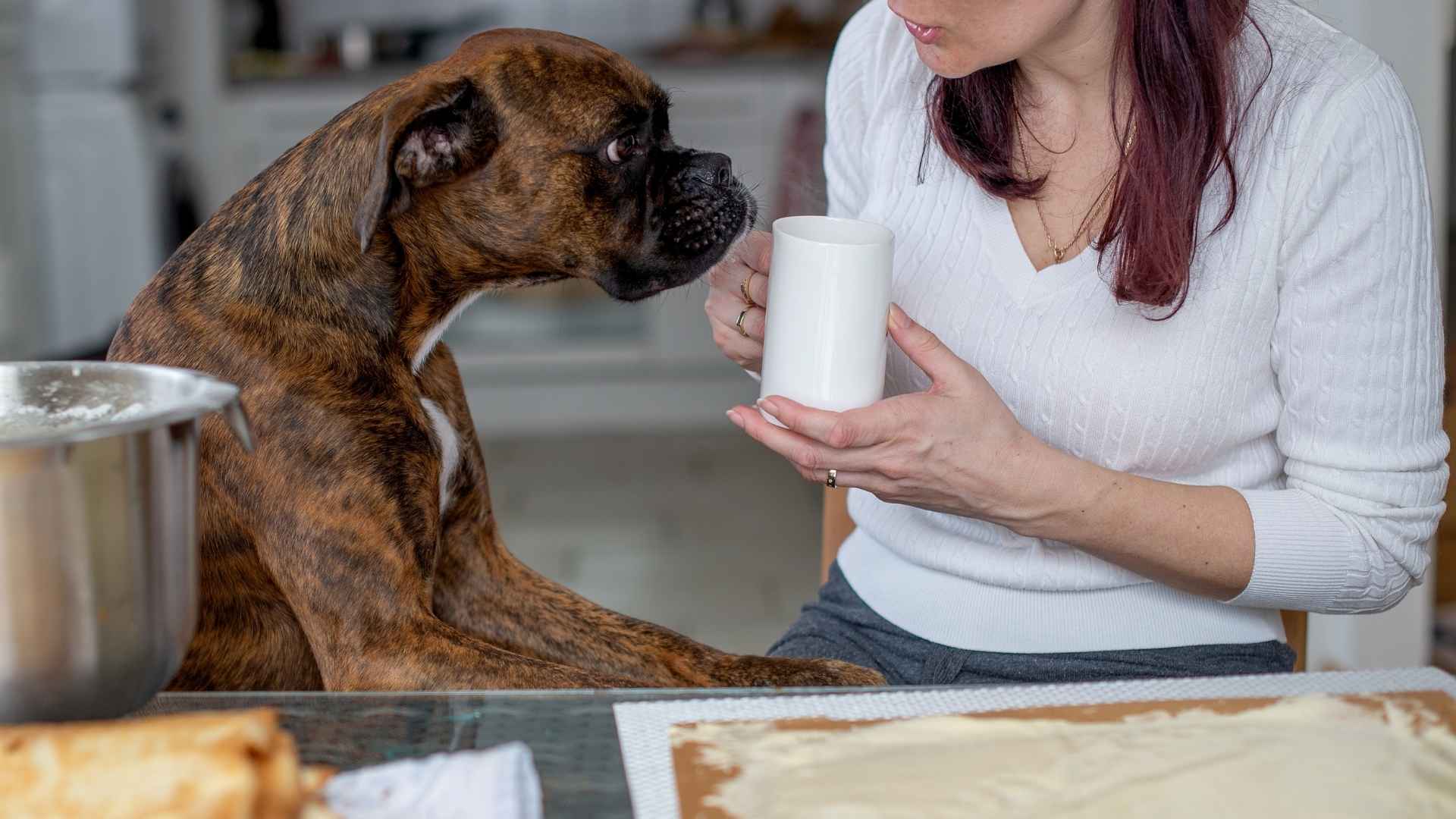One of the amazing facts about dogs is that they have 40-300 million smell receptors in their nose, depending on the breed. While humans limp at around 6 million of these, dogs’ sense of smell is truly crazy because of their biology.
According to PetMD, the part in a dog’s brain that is meant to receive and process smells is 40 times larger than ours (no wonder dogs are THE best at scent work).
Thanks to their biology, dogs can detect smells that are millions to even a billion times weaker than what we can smell. And that’s how they can notice tiny chemical changes in food (including signs of spoilage) and warn you.
Since guard dogs are trained to be hyper-aware of their surroundings and they naturally have super powerful noses, some breeds excel at noticing poisonous food.
Keep reading to know which dogs are trained to investigate symptoms of poison to keep their owners safe.
Guard Dog Breeds That Warn Owners About Poisoned Food
1. German Shepherd

A German Shepherd is the ultimate guard dog with skills so strong, it’s synonymous with loyalty, bravery, and reliability. Bred to protect dog owners, livestock, and property, this breed hasn’t signed off from duty since the late 1800s.
These dogs’ protective instincts also kick in when something feels wrong, including food that smells weird or carries even a hint of poison.

German Shepherds have up to 300 million olfactory (scent) receptors, which is a full-fledged sensory advantage. With a third of their brain built to process smells, these dogs can detect tiny traces of harmful chemicals that we might not notice. So if something in the food is spoiled, toxic, or chemically wrong, they’ll pick it up.
They are the top dogs for detection work because they can separate safe from unsafe, even when the scent is buried under other smells. And thanks to this breed’s protective nature, it’ll always try to keep you safe.
2. Doberman Pinscher

Doberman Pinschers were first bred in the late 1800s by a German tax collector who wanted a smart, loyal, and fearless dog to back him up on tough routes, according to the AKC. Much to his amazement, this breed checked all these things and a few more.
This sleek and strong dog stays alert, thinks fast, and doesn’t let anything shady slide. Its watchful nature doesn’t stop at guarding; it only shows up when something is wrong with your food.
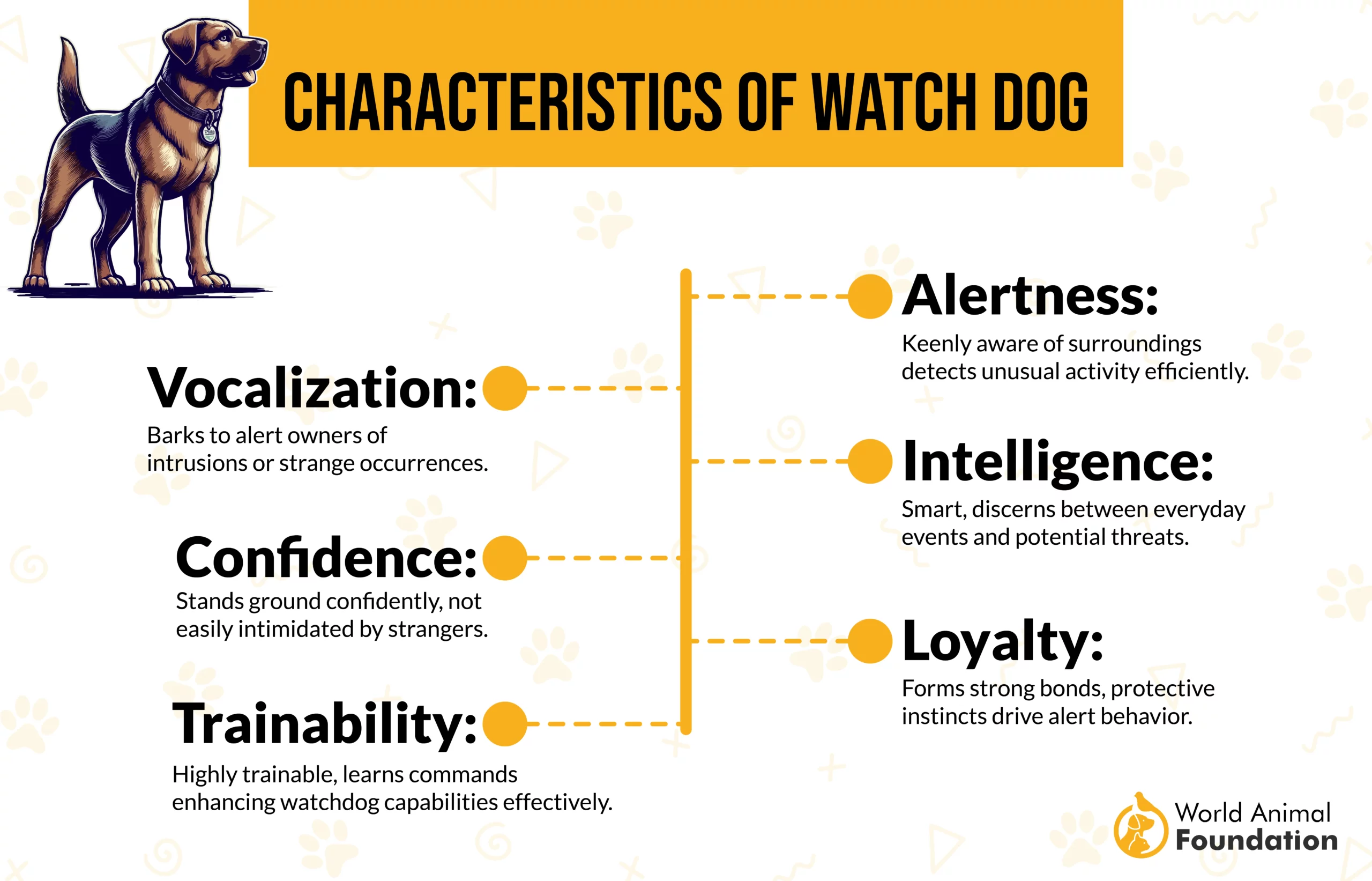
Dobermans have long and narrow snouts built for catching scents, and just like German Shepherds, they also have up to 300 million smell receptors. They can pick up on weird chemical changes or toxins in your food and react quickly.

These are also one of the smartest dog breeds because they learn commands in a few tries and don’t forget easily. As a result, you can easily train them to signal you by barking, tapping their paws, or blocking the food so you don’t consume anything unsafe.
3. Cane Corso
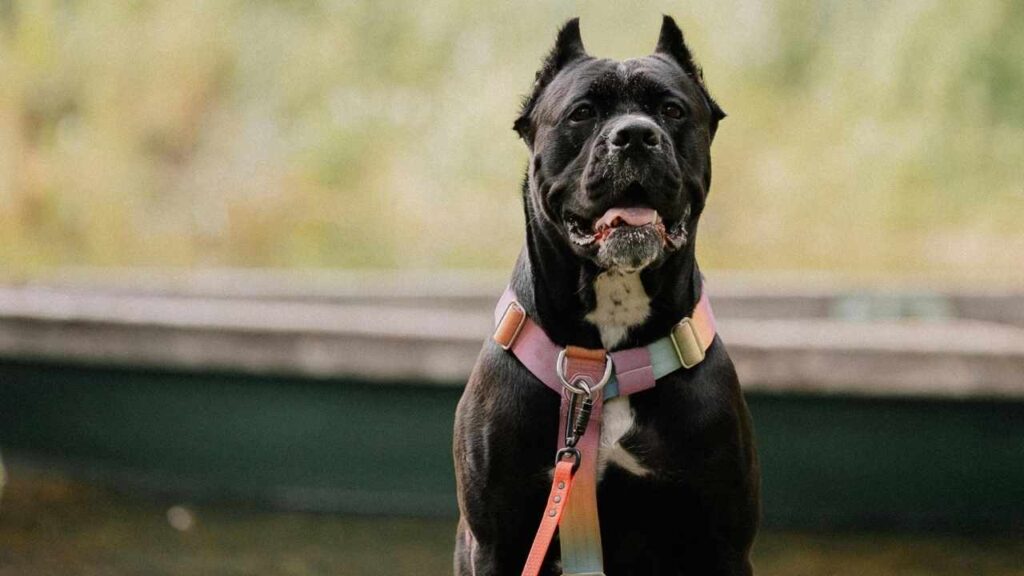
The Cane Corso is no lap pup. This Italian mastiff worked war lines with war legions and then stayed on to guard farms, livestock, and family carts, according to Purina. That centuries-old ‘protect the clan’ mission still drives this breed’s nature, spot danger even when it is hiding in your food.

This watchdog has a big nose and, unlike hyper yappers, Cane Corsos are cool watchers. These alert dogs are calm and observant. And such a steady temperament means they don’t panic over every odor.
But when a smell screams danger (like there is spoiled fat, sharp metallic tang, or bitter alkaloids in it), they will attempt to block your plate and give a deep bark so you don’t eat it.
4. Rottweiler
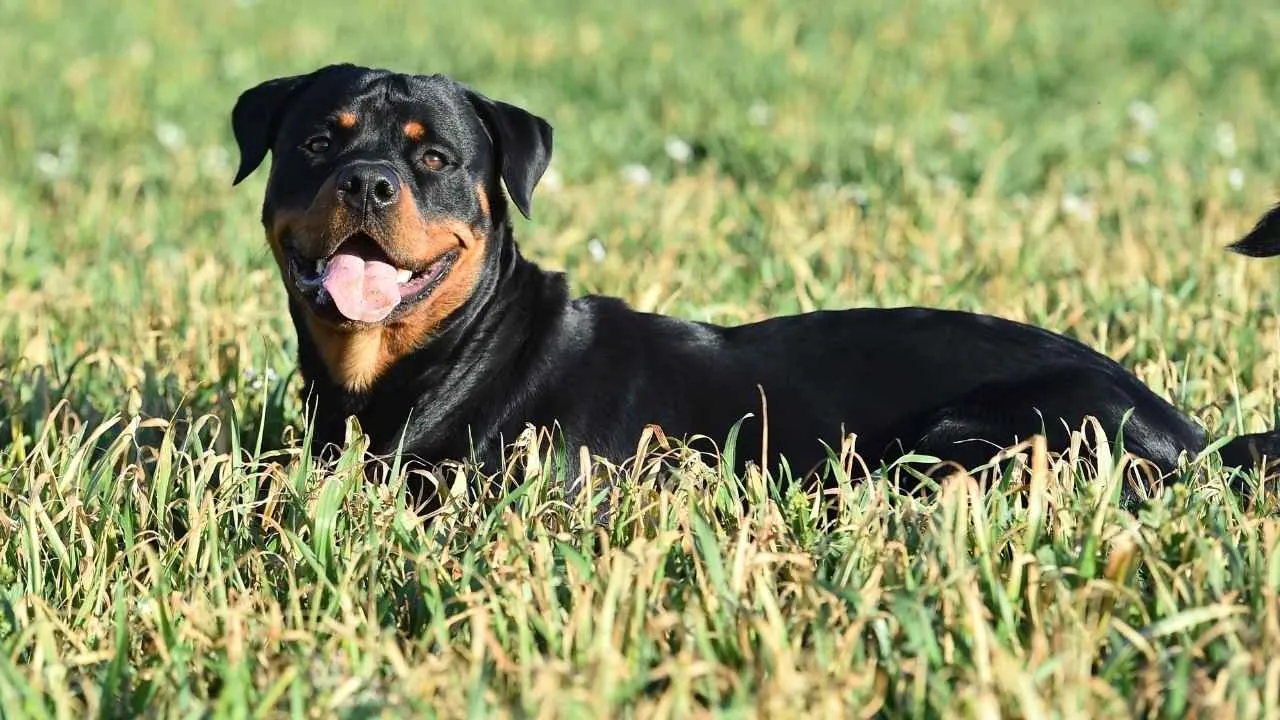
Rome wrote the Rottweiler’s origin story. Back in the Roman Empire, their ancestors helped move cattle and guard supplies. Later in Germany, these dogs became known as the ‘butcher’s dog’ because they pulled meat carts and guarded money bags.
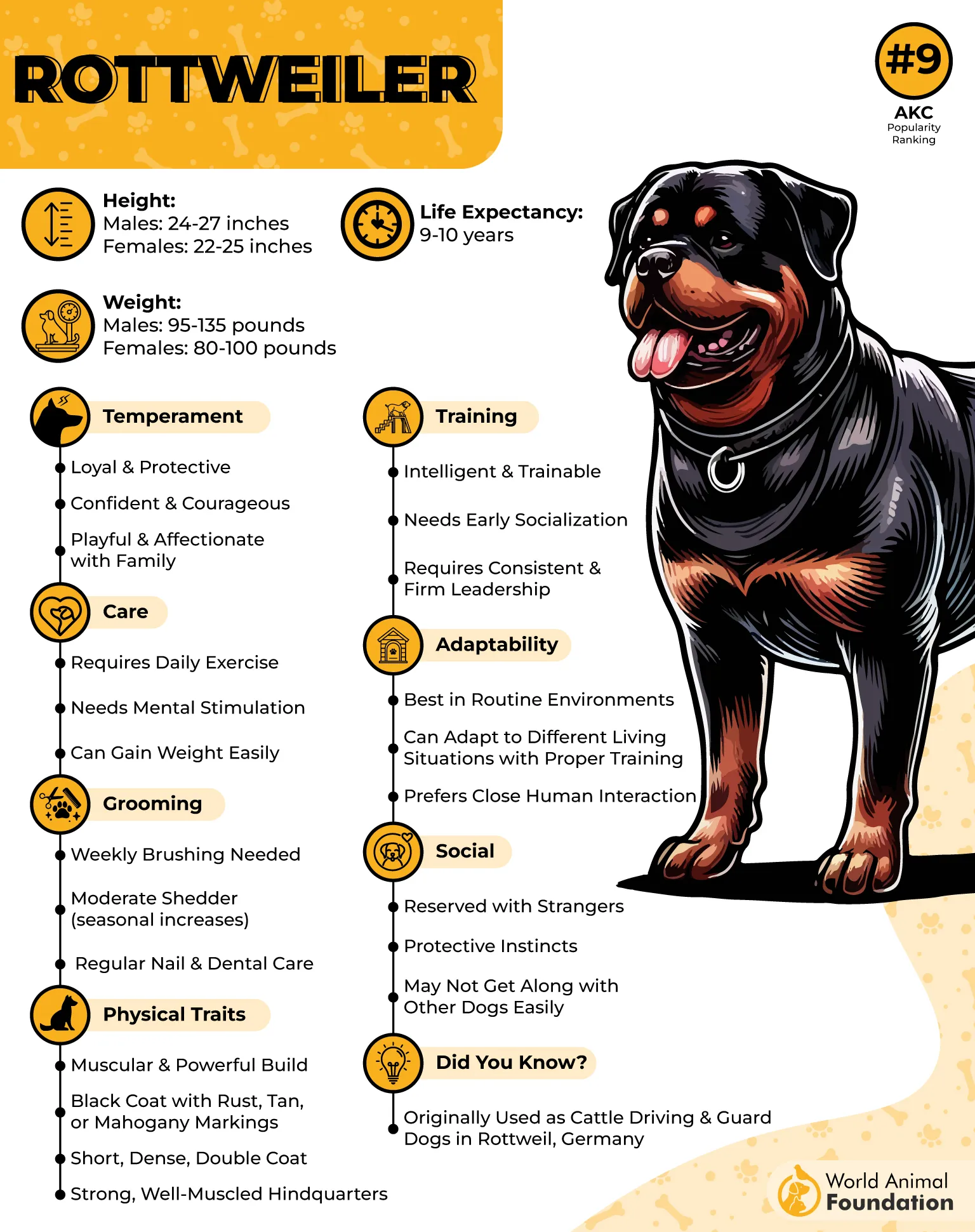
Rottweilers developed a quality that made them trustworthy with valuables, and that included making judgment calls on threats. Today, they still have that same “stand between you and danger” mindset.
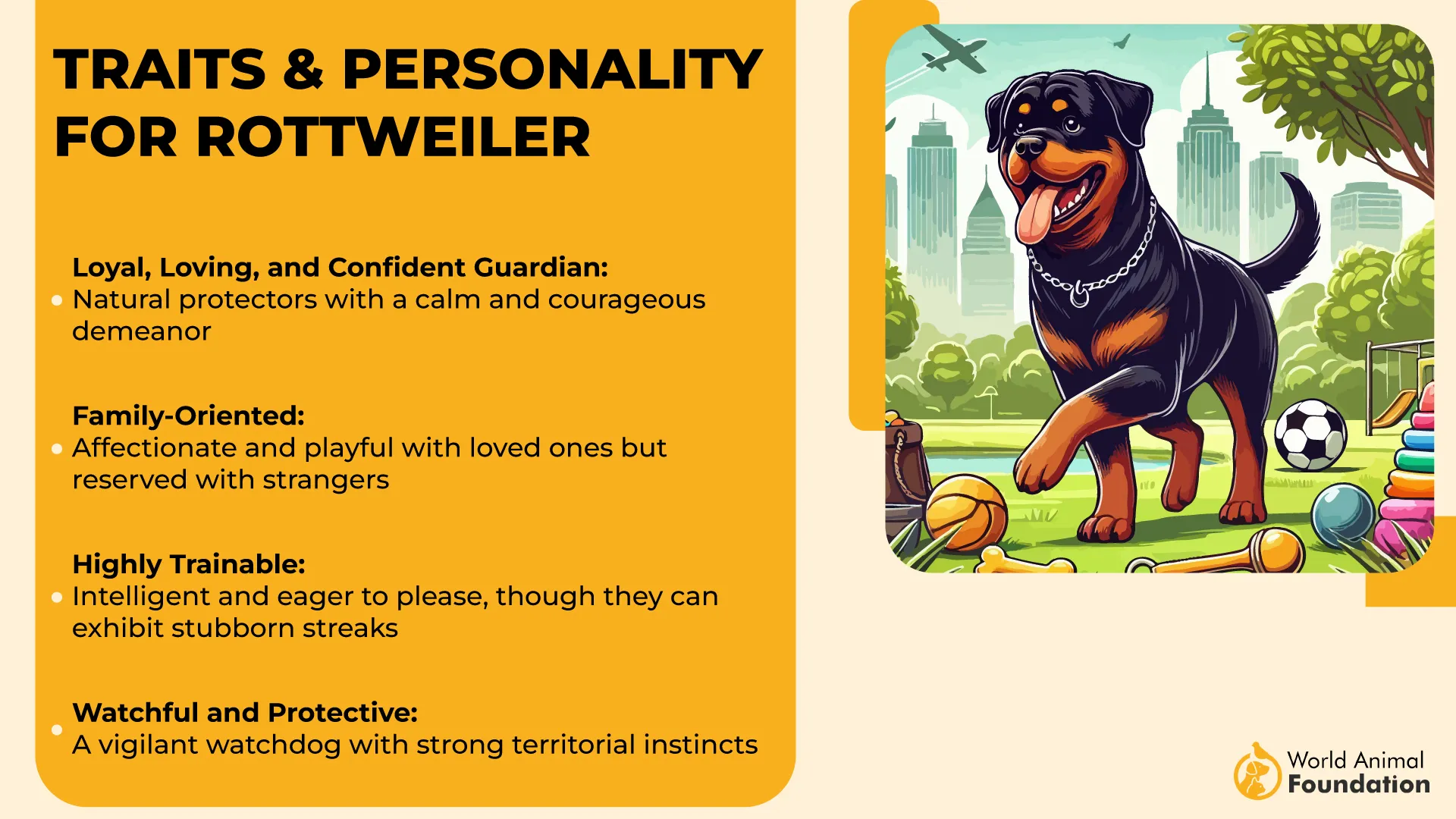
These dogs commonly have 225 million scent receptors and have a solid advantage compared to other pets when it comes to picking up weird smells. If there is a chemical (even in a controlled amount) or a hidden toxin in your food, a Rottweiler pet will search it out before you notice anything.
These dogs’ large snouts help trail scent, and their brain is wired to process it to make sure their pet owners are safe.
5. Boxer
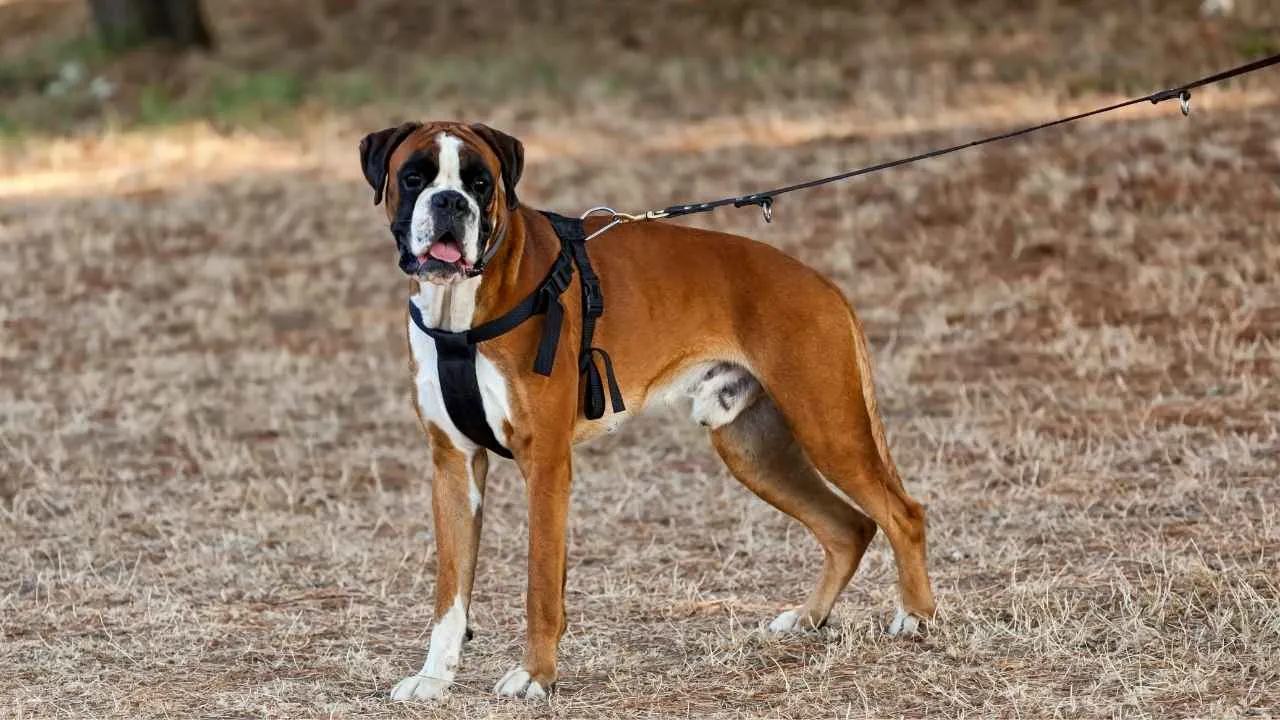
Boxers are excellent service dogs that provide emotional support and companionship. These dogs earned their name and swagger in 19th-century Germany, where hunters crossed the powerful Bullenbeisser with early Bulldogs to create a fearless dog that could hold wild boar and guard the butcher’s cash cart because of its presence of mind.
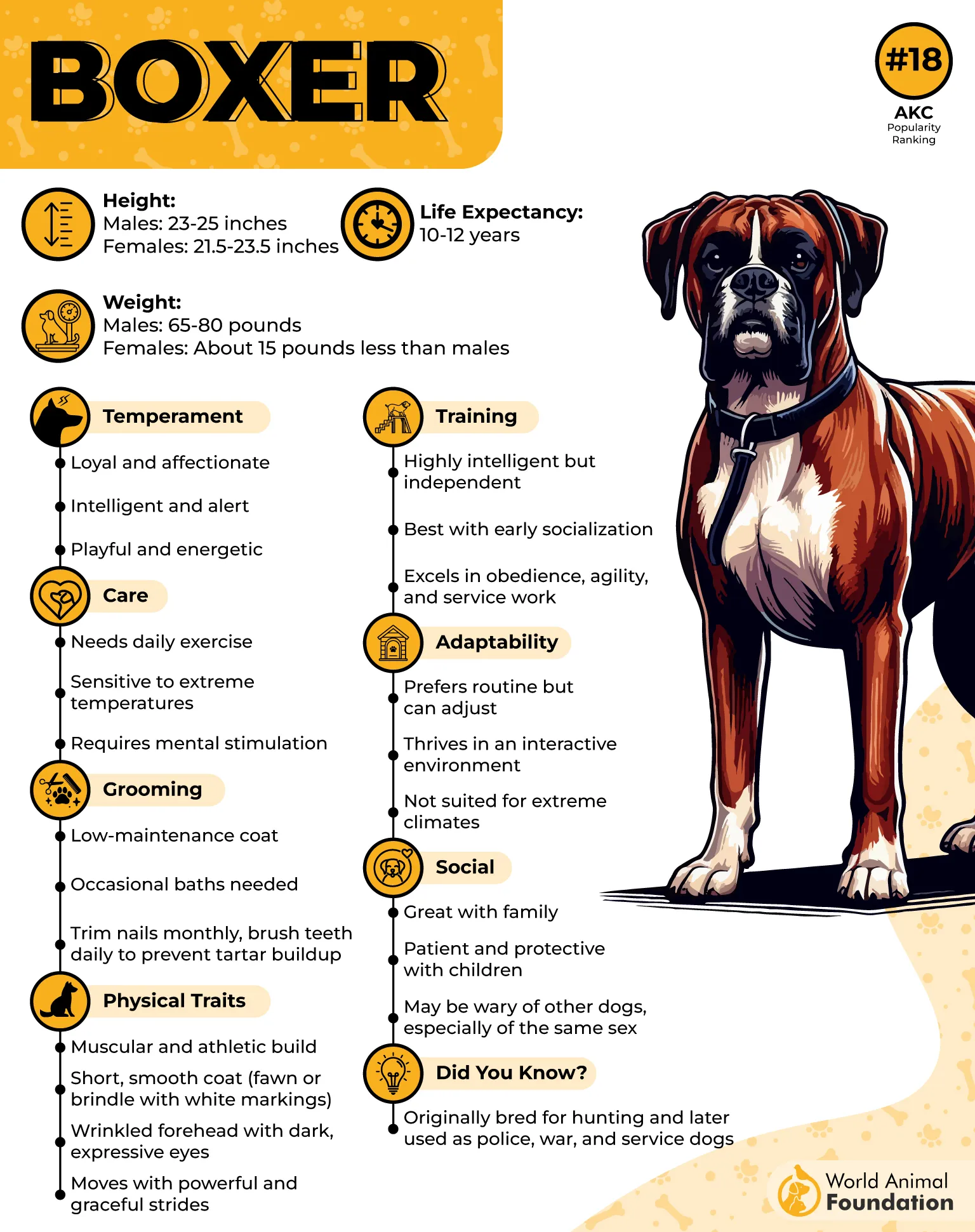
These animals had a simple job: spot trouble fast and block it hard. A Boxer’s nose can track trouble because it has open nostrils that feed air over roughly 200-plus million scent receptors.
Even with its famous short muzzle, this breed’s scent-mapping brain can trace the faint sour note of spoiled fat or the tang of chemical toxins.
6. Giant Schnauzer
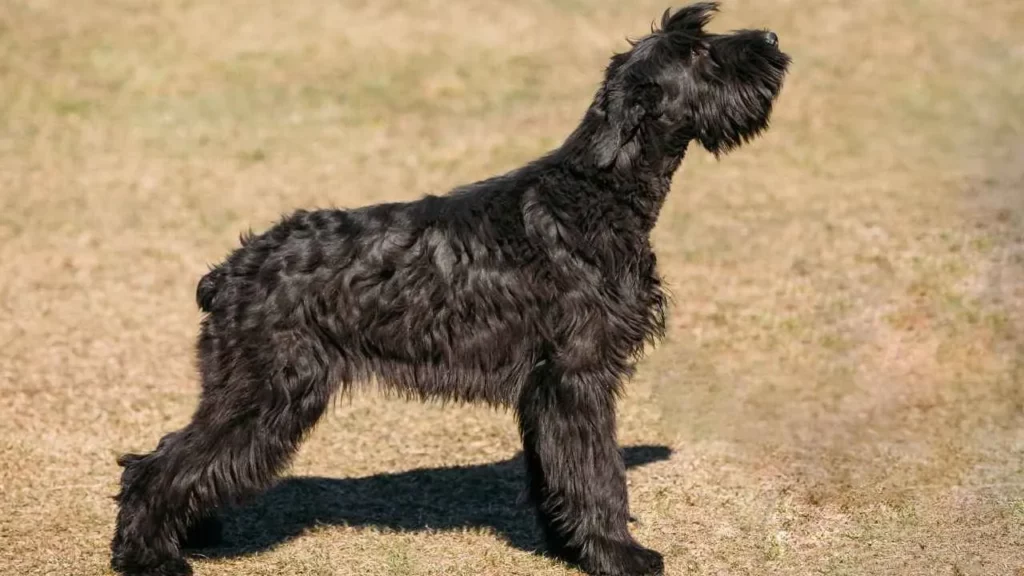
The Giant Schnauzer is no average watchdog. This breed started in Germany as a working farm dog that was trusted to herd sheep and guard butcher shops. Later, they were trained as police and military dogs because they were sharp, bold, and tough as nails for the services they are expected to do.
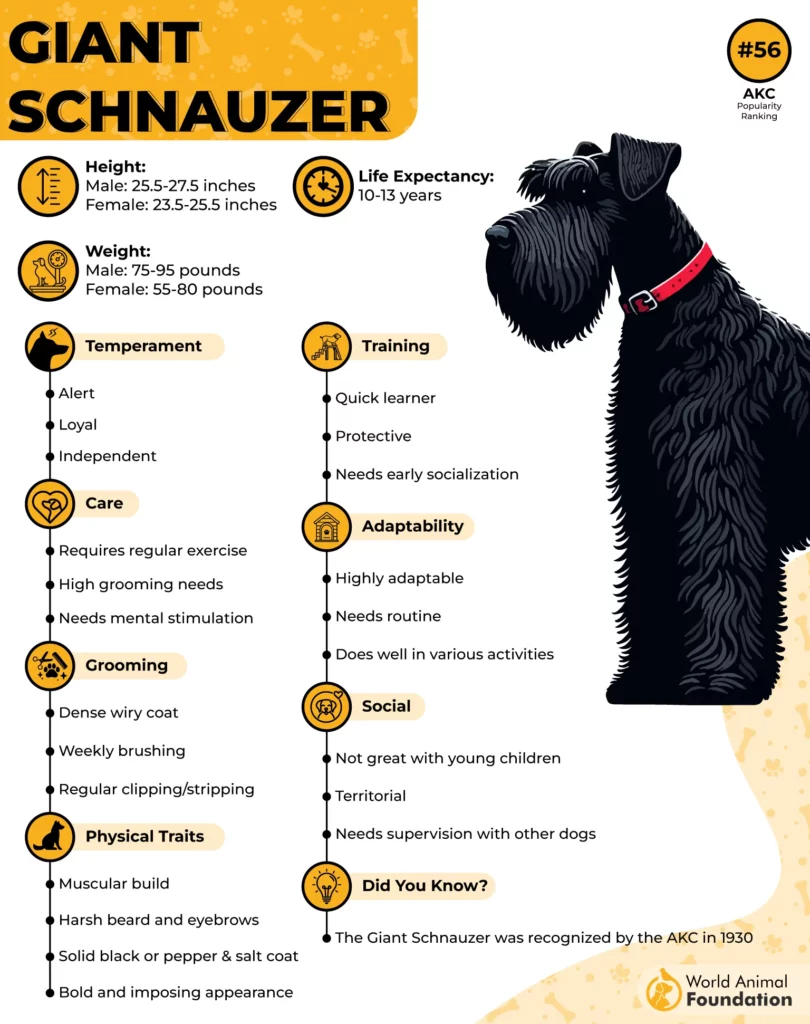
These dogs have powerful noses with 200 million olfactory receptors, and their wide nostrils help trap smells so the brain has enough time to break them all down. If your food has a slight chemical or spoiled scent, chances are your Giant Schnauzer will catch it before you do.
These dogs are quick thinkers and don’t forget the commands after they learn them. So if this dog learns one bad smell during training or gets to know that someone died and what they ate smelled a certain way, it will remember it.
Giant Schnauzers do a quick swipe of their beard over the food bowl, almost like they are testing it. So if they freeze up afterwards or give you a side-eye, take it as a sign.
7. Boerboel
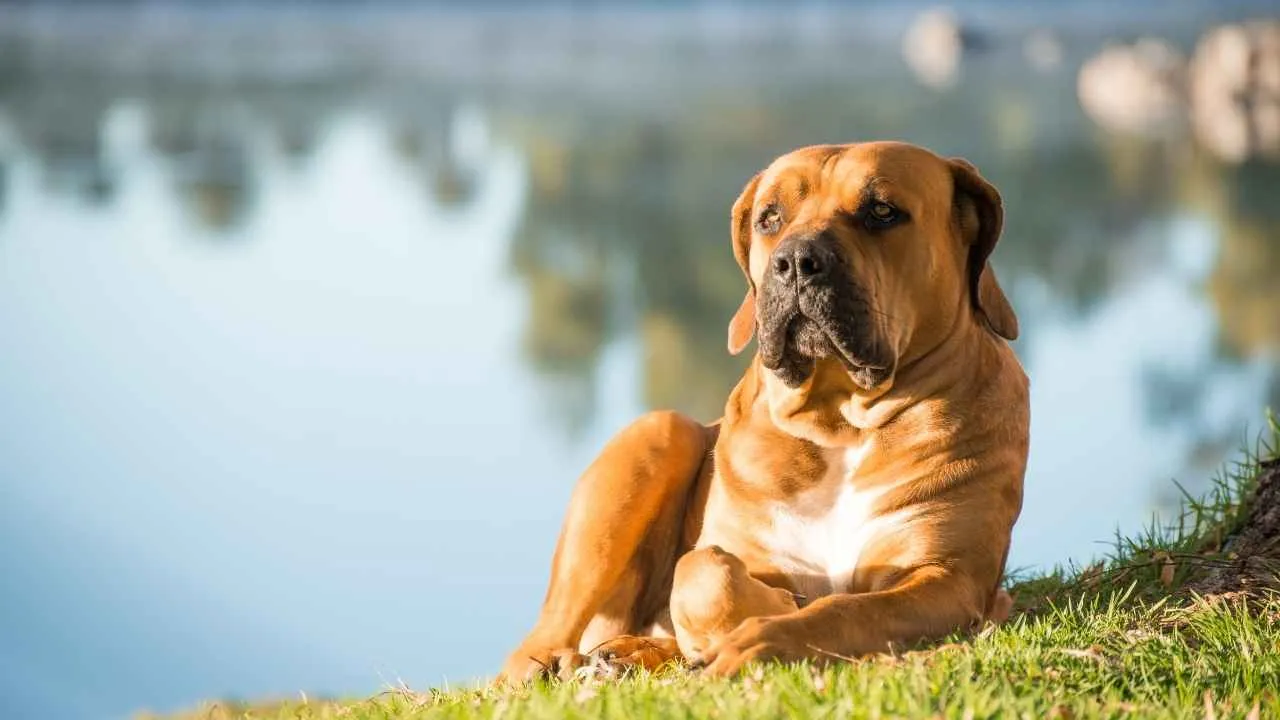
South Africa’s Boerboel was bred to keep the homestead alive in a land full of hyenas, baboons, and even lions. Farmers needed a level-headed powerhouse that could judge a threat from a safe distance in a split second, and Boerboels delivered that.
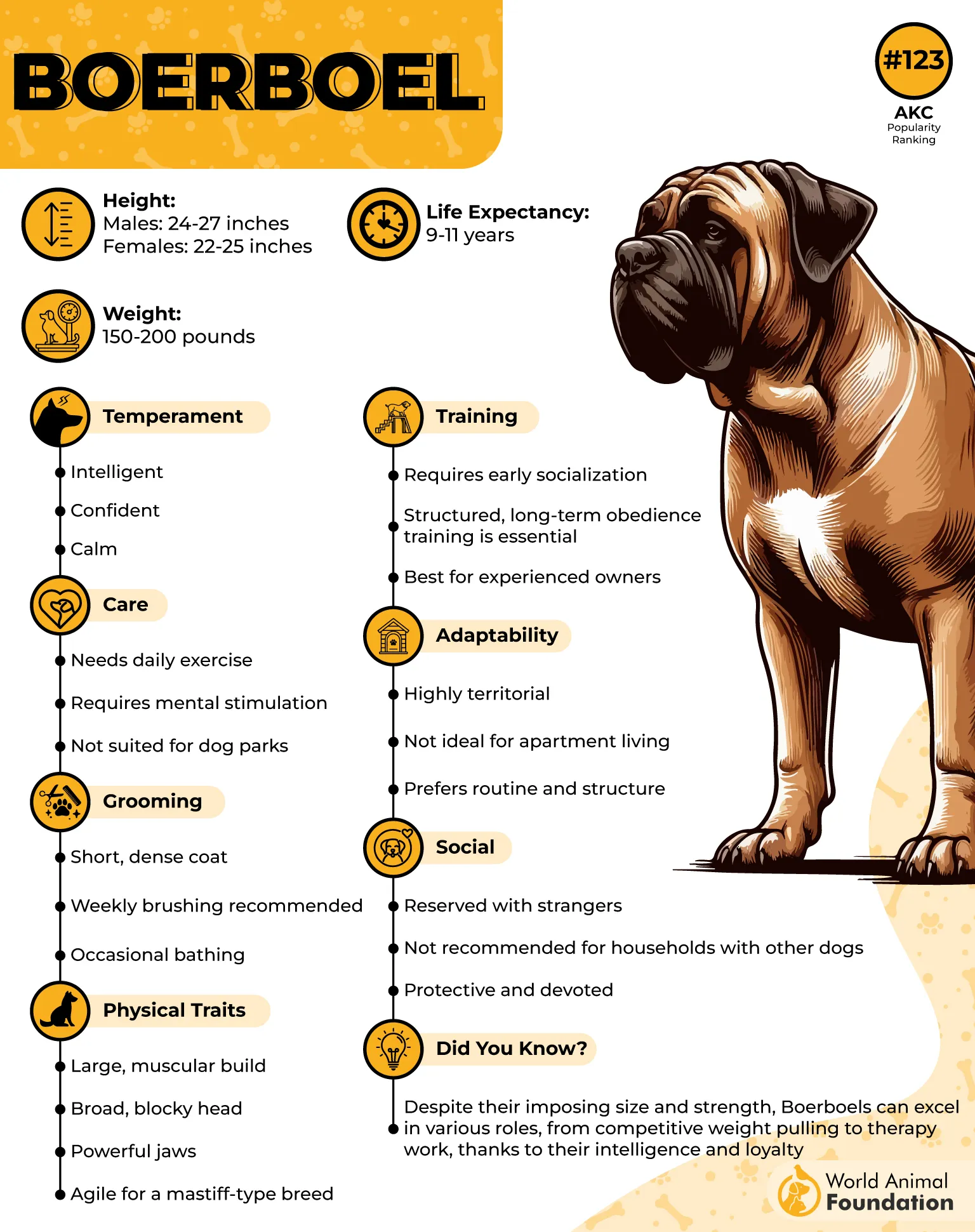
This dog’s protective nature shows up when it patrols your kitchen as seriously as it once patrolled a kraal (an enclosure for cattle or sheep).
Behind a Boerboel’s block snout sit well over 200 million smell receptors, feeding a smell-processing brain area that is 40 times larger than ours. Dogs with such a sense can detect a teaspoon of odor in a pair of Olympic pools; needless to say, a trace of toxin in your curry is no problem for this dog.
Conclusion
Dogs’ ability to sense danger is amazingly good. Whether it’s a potential intruder lurking in the shadows or something weird mixed in your food, dogs have it in them to detect it.
Their super powerful noses and brains can detect unsafe smells, and their guarding instincts make sure you’re informed. If you want to feel watched out for, all these breeds make sense because their abilities are tried and tested.


